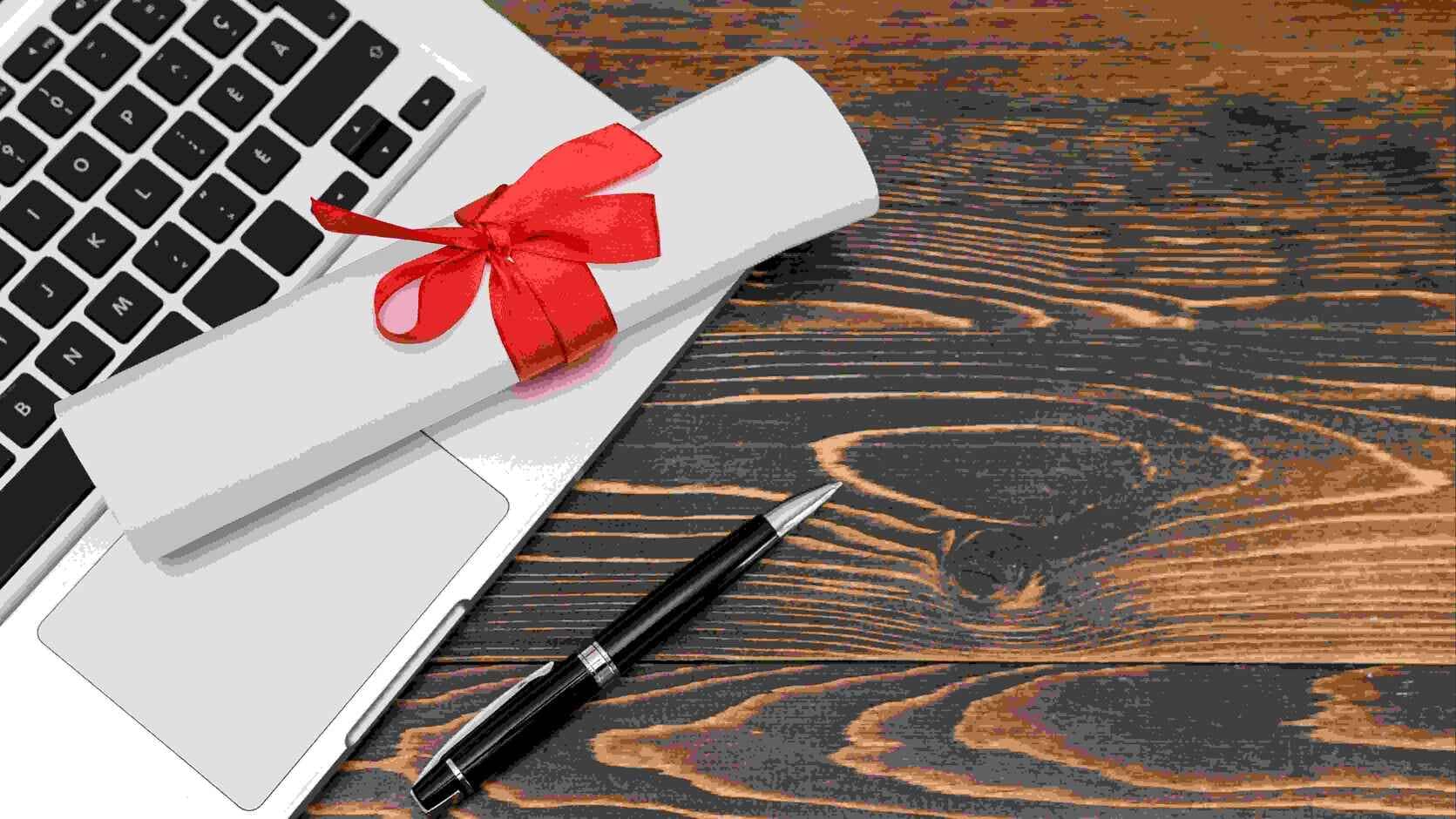In any competitive market, making a strong proposal can help you get good contracts, new clients, and grow your firm. The process of writing proposals is very important to your success, whether you’re doing it for government contracts, business ventures, or personal clientele. But it can be hard to know how to write a proposal that is both interesting and useful. This article will teach you the basics of creating a winning proposal and give you useful advice, tools, and information to help your proposals stand out and improve your chances of winning.
- What is a proposal?
A proposal is a formal document that an organization or person sends to someone else to explain a project, service, or solution that will meet a specific need or solve a problem. Plans, cost estimates, timetables, and expected outcomes are usually included in proposals. They are used to get the person who gets them to agree to your concept or offer, often as part of a bidding procedure.
In the cutthroat world of business, proposals are quite important for getting contracts. The proposal you write is a detailed case for why your solution is the best choice, whether you’re bidding on a government project or giving your services to a private client.
- Why a Good Proposal Is Important
A well-written proposal is more than just a submission; it’s a chance to show off your skills, show that you understand the project, and convince potential clients or organizations that you are the ideal person for the job. A great proposal not only shows off your abilities and qualifications, but it also shows how your solution will better fulfill the client’s needs than those of your competitors.
Being able to write a good proposal might help you stand out in a crowded market. A good proposal is clear, professional, and shows that you have the skills and experience to do the project successfully.
- Important Parts of a Successful Proposal
A good proposal should have a number of important parts that make it clear, professional, and convincing. Here is a list of the most important parts:
- Summary for Executives
The executive summary is the initial part of your proposal, and it is very important for getting the reader’s attention. This part gives a short summary of what the proposal is about, including a picture of the project, the problem it will solve, and the solution you are suggesting. It should be short yet full of information so that the reader knows right away why your proposal is worth their time.
A good executive summary grabs the reader’s attention and sets the tone for the rest of the proposal. You hold the reader’s attention by giving them a quick overview of the main points and showing them the benefits right away.
- Statement of the Problem
The problem statement should make it obvious what the issue or need is that your proposal is trying to solve. A good proposal will show that you really understand the client’s problems and have done research and gathered evidence to back it up. It’s crucial to make sure that your solution fits the client’s specific problems.
To come up with a solution that works for the client, you need to know what the problem is. Your problem statement should reflect that you care about the situation and have thought about it carefully.
- Suggested Answer
This part explains how you plan to fix the problem or meet the client’s needs. Explain the services, technology, or processes you will use and how they are adapted to the client’s needs. Point out any parts of your solution that are different from those of your competitors.
Your recommended solution should not only work, but it should also be new. It should stress how your solution is better, faster, and cheaper than competing options.
- Schedule for the Project
Setting expectations is important, and giving a clear schedule is a big part of it. Divide the project into phases, and set precise goals for each one. Set deadlines and make sure the timeline is reasonable and possible. This shows that you can manage your time well and be open with the client.
Clients can better picture how their project will go if you provide them a clear project timeline. It’s also a great chance to show off your project management skills and how well you pay attention to details.
- Budget and Cost Projections
To build trust with the client, you need to have a clear budget. Your proposal should have specific cost estimates for things like labor, materials, and other resources. Be honest about your prices and make sure they are in line with what is normal in your field. If necessary, break down the payment schedule so that it is clear.
Clients care a lot about price, therefore being clear about your pricing structure makes guarantee there are no surprises later on. Your budget should match the amount of work you do and the value you bring.
- Experience and Qualifications
Talk about your qualifications, talents, and past work that are relevant to the project. Add case studies, testimonials, or samples of other projects you’ve done that are similar. This part adds to your credibility and shows that you have the skills and knowledge to keep your commitments.
The qualifications and experience area shows that you have the skills and knowledge to do the job well. Show your client that you have a history of finishing similar tasks and getting great results.
- Final thoughts
At the end of your proposal, remind the reader why your option is the best one. List the benefits of your plan and say that you are open to talking about any details further. Make sure the client trusts that you can give them a good solution.
A powerful ending makes your main point stronger and makes it clear to the client why you are the best person for the job.

